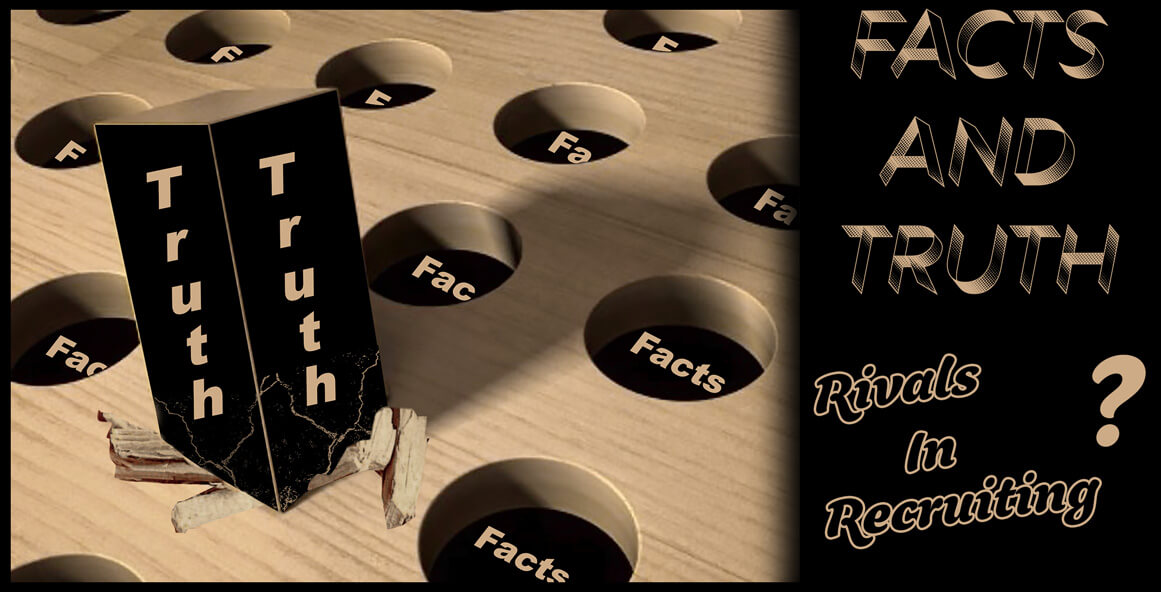 When I first came on board with my previous employer our sport endured several incidents of predatory behavior, accusations of inappropriate relationships and charges of sexual misconduct between coaches and athletes within first the year. I tried on multiple occasions to compose a column addressing the topic and issues surrounding such behavior but my inexperience as a journalist, the reluctance on the part of those above me to address the topic as well as the “it’s been done” mentality kept all the versions I submitted from being published. It was my mistake to stop trying and taking no for an answer. This is one of those problems that supersedes journalistic standards and requires that both editorial and content needs be set aside to create awareness at every possible opportunity.
When I first came on board with my previous employer our sport endured several incidents of predatory behavior, accusations of inappropriate relationships and charges of sexual misconduct between coaches and athletes within first the year. I tried on multiple occasions to compose a column addressing the topic and issues surrounding such behavior but my inexperience as a journalist, the reluctance on the part of those above me to address the topic as well as the “it’s been done” mentality kept all the versions I submitted from being published. It was my mistake to stop trying and taking no for an answer. This is one of those problems that supersedes journalistic standards and requires that both editorial and content needs be set aside to create awareness at every possible opportunity.
I’m not going to list or try to remind you of tragic occurrences of this criminal behavior we’ve seen through the years. More so, I’m not about to explain or define just how damaging and abhorrent such conduct can be. Suffice it to say, it’s a major issue that has impacted the personal lives and playing careers of way too many young women. The recent events with Penn State football and the Syracuse men’s basketball team further make the point that it’s not just a problem in our sport. Additionally, those particular situations illustrate that, left unaddressed; such behavior can go on for years victimizing not only those individuals but additional undeserving athletes.
Just because the issue hasn’t made its way to the front page in girls basketball recently doesn’t mean it should be any less of a focus for athletes, parents, school administrators, club directors or even coaches themselves. In fact that lack of recent headlines is the very reason it’s an important time to remind ourselves once more to be constantly be mindful of the dynamics and situations involving athletes and coaches. Whether it’s scholastic or club basketball, the time to pay attention to relationships, interaction and coaching conduct with the potential for abusive behavior is every day. If ever there were an occasion or a setting where paranoia were the standard to follow this might be just be it. The cost of losing of some of the interpersonal and individual aspects of coaching pale next to the price that would be paid by even one more exploited player.
Defining who actually is responsible is not as complicated as the finger pointing that usually arises following an incident might indicate. Every individual, whether it be a parent, school official, club or event operator and even another athlete carries an obligation to understand and report inappropriate conduct. Many are convinced it’s a legal issue best suited for address by those with the proper authority. Unfortunately that kind of deflective response generally comes after the fact and too often the damage is already done.
Obviously there are laws in place but like so many other issues, they lack the proactive and preventative measures to protect potential victims. It would be ideal if the NCAA, the WBCA or the high school state associations could legislate specific coaching approaches and activities to minimize the risks. Even then, on a day to day basis, enforcement would be a monumental challenge. The difficulty lies in the trust and relationship that generally exists between a coach and athlete. Time and again the predatory coach has been someone who had the confidence of those around them and the one that nobody “ever thought could do that”.
Parents have the heaviest load on their shoulders as they chose a club program for their daughter. They cannot afford to get caught up in the scholarship sweepstakes and lose sight of the bigger picture surrounding their daughter’s personal and athletic development. One of the most notorious predators in girl’s club basketball had rumors surrounding him for years but with a successful record of developing players and national letter of intent signings, his program continued to be a coveted setting for athletes until his arrest and subsequent suicide. There are many questions equally as important as “How many of your players have signed and what tournaments do you play in”. Parents have the right and obligation to address any questions or concerns they might have about rumors, innuendo and accusations. If the coach is offended by the inquiry, their own priorities are being put in front of your daughter’s well being and you can be assured they are not her best option.
Before your daughter puts on the uniform of any program (club or scholastic) it’s important to know the guidelines that will be followed on and off the floor, on the road and in any other interpersonal interaction. The days of the one on one conversation may not have come to an end but now require that they occur in the hotel lobby or bleachers and always within eyesight of others. Even then it’s still in everyone’s best interest that an assistant coach or parent silently sit in on the discussion to protect both parties. Closed door meetings are best left to the adult and corporate communities rather than youth sports.
Be cognizant of any extremes in your daughter’s relationship with her coach. Phone calls, texting and e-mails beyond the scope of team activities are inappropriate. Social media, such as Facebook, is not the place that a good coach develops or interacts with his or her players. While “special attention” or “extra caring” generally seems like a positive, it’s often a precursor to or an indicator of lines being crossed. It’s important that the personal content of their communication be limited. It’s naive to think a coach might not ask about an athlete’s family and school but her dating or personal relationships as well as her social life should be out of bounds and an enormous red flag if brought into the player coach dynamic.
The same goes for workouts. If the coach wants to put in some extra time with an individual player its best that the workout be expanded and include more than just one athlete. Better yet have mom or dad tag along with their laptop or ipad and get some work of their own done court-side while their daughter gets up some extra shots. (Keep in mind I’m not advocating parental participation in that kind of workout, just their presence) In this day and age there is neither a reason nor excuse for an underage athlete to be in the gym, or any other setting for that matter, alone with a coach.
As challenging as it may be the same mentality must also be applied to transportation. For years coaches have provided rides to and from practice without hesitation to athletes because of both need and convenience. The smart coach today is no longer an option for their athletes. The ones still willing should again be mindful that they never provide a ride for or are ever left alone in the car with just one athlete. Eliminating even the appearance of or potential for impropriety far exceeds the convenience of a ride home even if it come at the expense of participation.
Be careful not to label a coach as uninvolved or lacking in concern because they happen to distance themselves to some degree from their athletes off the court. Today’s environment dictates that coaches create a comfort zone and sense of security for parents as well as a constructive, educational and enjoyable experience for their daughters. We’re paying a high price in the aspects of coaching that we sacrifice to remove any doubt or question about their safety and well being. Some say it’s tantamount to “throwing the baby out with the bathwater” but it can also be viewed as a challenge for coaches to find even better and more effective ways to teach, mentor and impact the lives of young athletes.
In my opinion, repeating this message time and again is imperative. Have I said anything that hasn’t been said before? Doubtful, but just like fundamentals, “repetition, repetition, repetition” is the key to ingraining its importance into the mindset of all involved. Education and awareness are the keys to keeping dreams from becoming nightmares and memories from being replaced by emotional scars. If that’s bad journalism, I can live with that.
Mark Lewis is a national evaluator and photographer for Blue Star Basketball as well as the lead columnist for Blue Star Media. Twice ranked as one of the top 25 Division I assistant coaches in the game by the Women's Basketball Coaches Association (WBCA), he logged 25 years of college coaching experience at Memphis State, Cincinnati, Arizona State, Western Kentucky and Washington State. Lewis serves as a member of the prestigious McDonald’s All-American selection committee as well as the Naismith College Player and Coach of the Year committees.

Latest Articles
-


Christopher Lawlor
/ 3 hours agoGonzaga (DC) hires former Fordham University coach and alumnus Keith Urgo as its head basketball coach
BENSALEM, Pa. — Gonzaga of Washington, D.C. and a regular in the Blue Star...
-
Christopher Lawlor
/ 4 hours agoUSA Basketball announces 33 invitees to Men’s U19 National Team training camp for FIBA U19 World Cup in Switzerland
COLORADO SPRINGS, Colo. – USA Basketball announced the 33 athletes expected to participate in...
-
Christopher Lawlor
/ 6 days agoUSA U16 Men’s Basketball training camp opens May 22 with 12 players heading to 2025 FIBA AmeriCup in Juarez, Mexico
COLORADO SPRINGS, Colo. – Only strong will survive the cut and with it the...
-


Christopher Lawlor
/ 7 days agoMOVING DAY: Prolific Prep will relocate to Fort Lauderdale, Florida from Northern California in time for 2025-26 school year
BENSALEM, Pa. – Prolific Prep, a regular in the Blue Star Media Elite 25...




